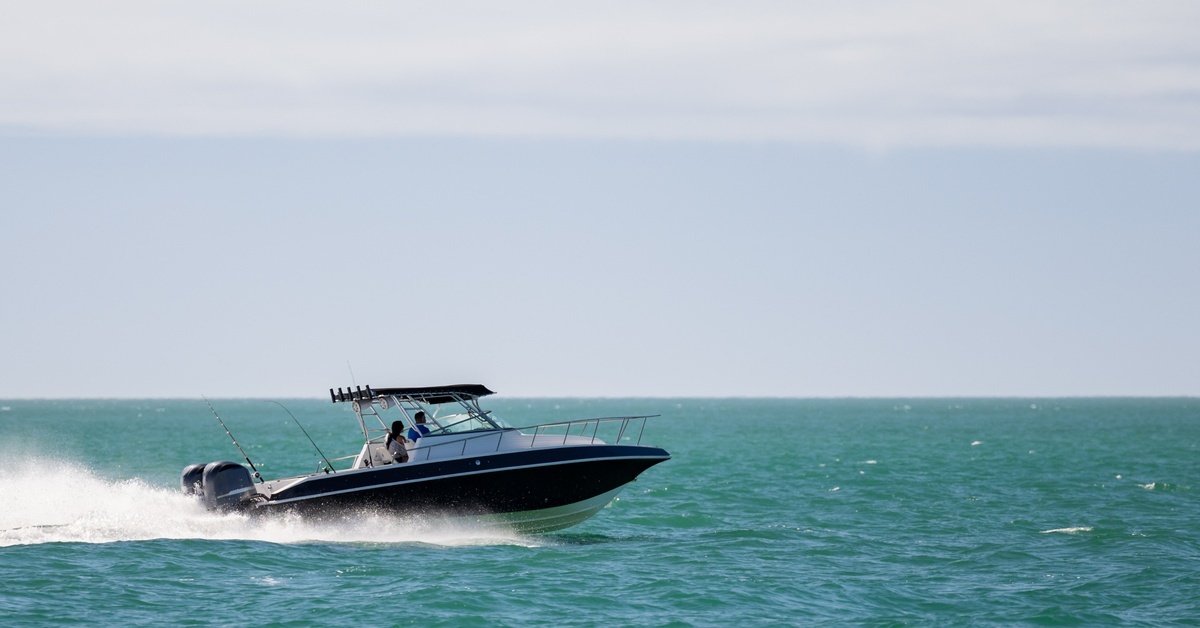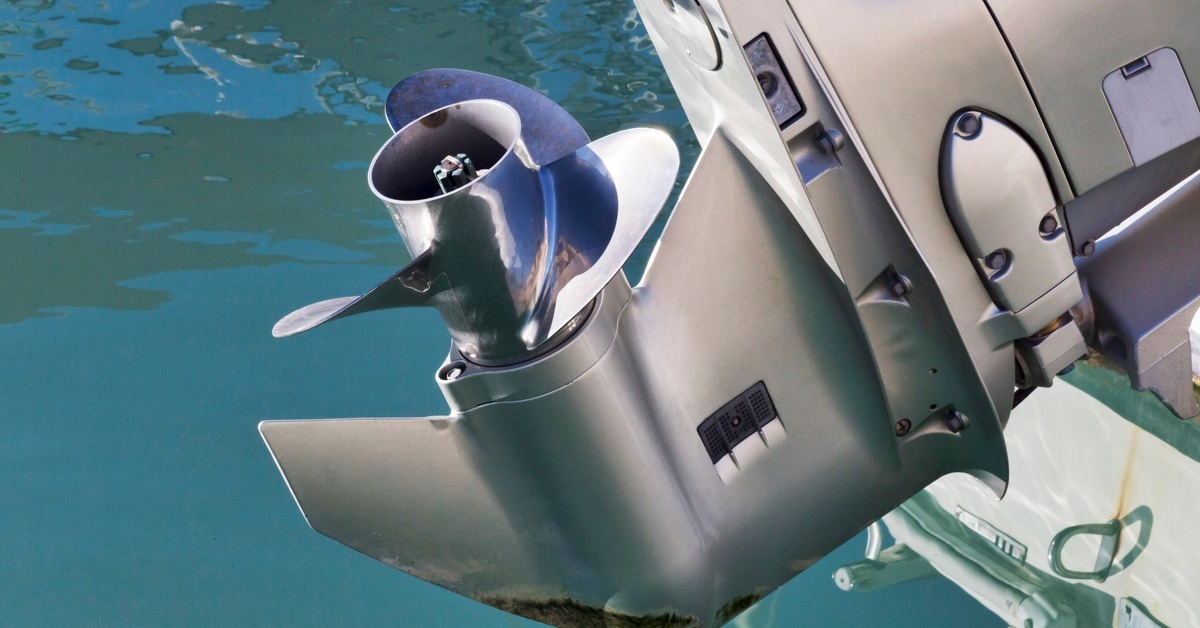Fuel Stabilizers for Outboards: Do You Really Need Them?

Boat owners face a persistent problem that strikes without warning—fuel degradation. Modern gasoline deteriorates within 30 days, transforming from reliable engine fuel into a destructive mixture that clogs systems and corrodes components.
Fuel degradation affects every outboard engine, regardless of age, brand, or maintenance history. Knowing whether you really need fuel stabilizers for your outboard motor allows you to implement measures that preserve fuel quality during storage periods.
What Fuel Stabilizers Actually Do for Your Engine
Fuel stabilizers work like preservatives for your gasoline, stopping the natural breakdown that turns fresh fuel into engine-damaging sludge. Think of them as antioxidants for your fuel tank. Just like vitamin C prevents apples from browning, stabilizers prevent gasoline from deteriorating when it sits in your tank.
Fresh gasoline starts breaking down the moment oxygen touches it. This breakdown creates sticky gums and acidic compounds that clog fuel lines, damage injectors, and corrode metal parts throughout your fuel system. Stabilizers stop this process by neutralizing the chemical reactions before they can harm your engine.
Marine stabilizers include ingredients that fight moisture problems and prevent rust in saltwater environments. They also contain additives that prevent bacteria and algae from growing in your fuel tank—an issue that rarely affects land vehicles but commonly plagues boats.
You can choose from different types of fuel stabilizers depending on your needs. Basic stabilizers protect fuel during shorter storage periods. Premium versions include cleaners that remove existing deposits and protect against future buildup.
Professional-grade products combine multiple benefits in concentrated formulas that provide maximum protection per treatment. These stabilizers keep your fuel fresh for months instead of weeks, ensuring your engine starts reliably and runs smoothly when you need it most.
Why Marine Fuel Systems Demand Special Protection

Marine environments create unique conditions that accelerate fuel degradation. Saltwater exposure, temperature fluctuations, and extended idle periods combine to create the perfect conditions for rapid fuel deterioration that can destroy expensive engine components within weeks of storage.
Humidity levels in marine environments consistently exceed those found inland, introducing moisture into fuel systems through tank venting and condensation. This moisture separates from gasoline and settles in low points within fuel tanks, creating isolated pools that become breeding grounds for bacteria and fungus. These microorganisms produce acidic waste products that corrode fuel lines, tanks, and injection components from the inside out.
Temperature cycles in marine environments can cause fuel expansion and contraction that draws moisture-laden air into tanks through venting systems. Each cycle introduces fresh oxygen and humidity that feeds degradation processes while creating pressure changes that stress fuel system seals and gaskets.
Ethanol-blended fuels compound these challenges through their hygroscopic properties. Ethanol attracts atmospheric moisture more aggressively than pure gasoline, increasing water contamination rates in marine fuel systems. This ethanol-water mixture becomes acidic over time, attacking aluminum and steel components commonly found in outboard fuel systems.
Critical Situations That Require Stabilizer Treatment
Several specific scenarios demand immediate fuel stabilizer treatment to prevent expensive engine damage and performance problems. Recognizing these situations helps boat owners implement protective measures before degradation processes advance to destructive levels.
Seasonal storage represents the most obvious application for fuel stabilizers. Boats stored for three months or longer face significant degradation risks that require preventive treatment.
Winter storage periods create ideal conditions for fuel breakdown, with temperature fluctuations and stagnant conditions allowing oxidation and contamination to progress unchecked. Boat owners who add a stabilizer before winter storage keep their fuel fresh and avoid expensive spring repairs.
Infrequent use patterns also necessitate stabilizer protection even during active boating seasons. Weekend boaters who use their vessels monthly or less frequently should treat fuel systems regularly because degradation begins within 30 days of fuel purchase. Monthly use patterns still provide sufficient time for harmful deposits to form between outings, making preventive treatment essential.
Hurricane seasons and unexpected mechanical problems can result in extended storage periods without advance warning. Boats with stabilizer-treated fuel systems withstand these unexpected situations better than those with untreated fuel, reducing the likelihood of compounding problems during already stressful circumstances.
Consequences of Untreated Fuel Storage
Skipping fuel stabilizer treatment exposes outboard engines to expensive damage that far exceeds the cost of preventive maintenance. The financial impact extends beyond immediate repair costs to include emergency services, lost boating time, and safety risks that affect entire families during recreational outings.
Fuel system contamination is the most common consequence of untreated storage, requiring professional cleaning services that can cost hundreds of dollars depending on engine complexity and contamination severity. This process involves the complete disassembly of fuel system components, chemical cleaning of each part, and replacing filters, gaskets, and other consumable items. An experienced outboard dealer usually requires several days to complete a thorough cleaning, meaning lost weekend trips during peak boating season.
Internal engine damage is the most severe consequence when acidic compounds from degraded fuel react with cylinder walls, pistons, and valves. This corrosion often forces complete engine rebuilds costing thousands of dollars, with some severely damaged engines becoming more expensive to repair than replace entirely.
Smart Fuel Management Strategies That Actually Work

Implementing effective fuel stabilizer programs protects marine investments while ensuring reliable engine performance throughout every season. Successful strategies combine proper product selection, correct application procedures, and consistent maintenance schedules tailored to individual boating patterns and storage requirements.
Product selection forms the foundation of effective fuel treatment programs. Marine-specific stabilizers offer superior protection compared to automotive products because they address moisture control and corrosion issues unique to saltwater environments. Premium stabilizers include fuel system cleaners and additional corrosion inhibitors that provide comprehensive protection in a single treatment.
The timing of when you add a stabilizer matters as much as which product you choose. Always add stabilizer before filling your tank so it mixes completely with your fuel. This prevents untreated spots that can still cause problems. After adding stabilizer and fuel, run your engine for several minutes to pump the treated fuel through your entire fuel system, protecting every component from the tank to the engine.
Maintenance scheduling creates consistent protection that prevents fuel quality issues before they develop into expensive problems. Treat fuel supplies every 60 days during active boating seasons and before any storage period exceeding 30 days. Document treatment dates and fuel quantities to maintain accurate records and avoid missed applications.
The Bottom Line for Boat Owners
Do you really need fuel stabilizers for outboards? For boat owners who value reliable performance and want to protect their marine investments, this answer is clear. Marine environments accelerate fuel degradation through moisture exposure, temperature fluctuations, and extended storage periods that create the perfect conditions for expensive engine damage.
Implementing consistent stabilizer programs eliminates fuel-related breakdowns and preserves engine longevity while ensuring trouble-free operation throughout every boating season. Investing in preventive treatment pays substantial dividends by avoiding costly repairs and making boating enjoyable for families and fishing enthusiasts. Smart boat owners view fuel stabilizers as necessary to protect their engines, not an expense they can skip.
